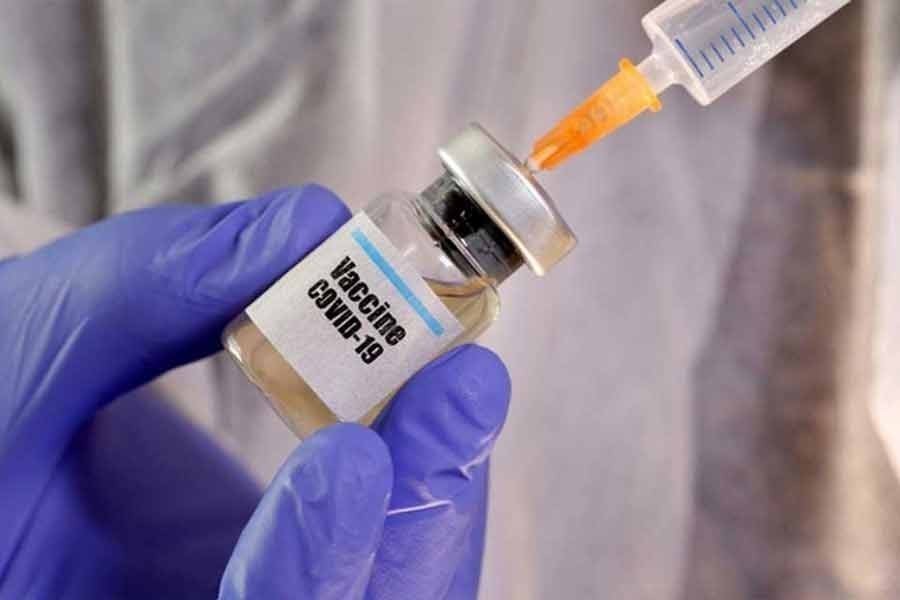
Published :
Updated :

Of the issues facing the country now, those relating to the Covid-19 pandemic and its vaccination figure prominently at the top. It is not that there is a lack of public awareness about the disease, neither is there any perceptible lack of seriousness on the part of the government. Indeed, this country has been one of the front-runners in matters of taking steps to shut the doors on the malaise. And yet, new cases of infection and death accumulate --- now rising, now diminishing. After the initial strict lockdown during the first three months last year, things started to slacken slowly and have now returned almost to the pre-pandemic state. Visits to urban marketplaces would suggest there is hardly any pandemic there. With the government starting a countrywide Covid-19 vaccination programme earlier this month, people's courage has grown considerably, whether vaccinated or not. As of Monday, a total of more than 1.9 million people have got registered for vaccination so far, with over 226,000 vaccinated. This first dose brings in the question of the second dose, which is mandatory for the Oxford-AstraZenka vaccine now being used here. Newspaper reports including those carried by The Financial Express on Tuesday said that health officials had shifted from their earlier position of a four-week gap between the two doses and made it eight weeks now. This has ostensibly been done to get better efficacy of the vaccine.
The World Health Organization (WHO) or the developer of the vaccine in question, researchers at the Oxford University, opined that a twelve-week-gap between the two shots brought the best result, which is 80 per cent as opposed to 55 per cent for shorter interludes. People with common sense would like to go for the twelve-week gap, no doubt. Health officials here have not clearly spelt out why they went for the eight-week interval in place of the twelve. However, they need some explaining to do. It is heartening to know that regular instalments of the vaccine are coming from the Serum Institute of India, the regional producer under licence, and the country is prepared with proper storage, so that an overflow of imports does not spoil things. Is their sticking to the middle-road dependent upon the flow of vaccine, the question may be asked. However, in such a serious and delicate matter as Covid-19 treatment, the best course of action needs to be taken. Over eight thousand people have already lost their lives. The economy ground to a halt for some time, with the small-scale industries and informal sector brought to their knees because of the effects of the pandemic. Even the government-sponsored stimulus package is reported to have encouraged an asymmetric revival, otherwise called K-shaped recovery. This is mentioned because eradication of the year-long pandemic has become urgent for the whole economy to revive in a fool-proof manner.
The government's quick response to the pandemic has been laudable all along. Its steps in distributing the vaccine have also been rational and proportionate. Its supply chain of import is considered realistic. However, all these efforts must lead to the greatest benefit, otherwise people may have to get through the vaccination process again. The first dose has been welcomed by the people; and a lot of them are still waiting and clamouring for it. Let the second dose not be rushed through and science must be allowed to have the ultimate say in deciding the length of the gap between the two shots. Let the WHO or the Oxford researchers have the final say.


 For all latest news, follow The Financial Express Google News channel.
For all latest news, follow The Financial Express Google News channel.